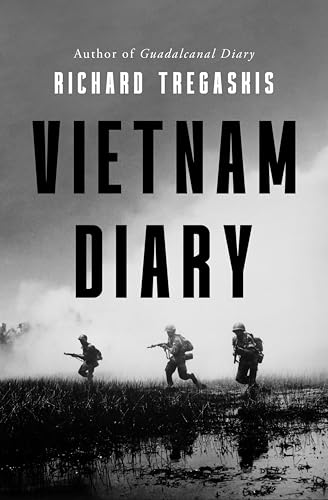
Warfighters 2
by Rick Llinares
"The Story of the U. S. Marine Corps Aviation Weapons and Tactics Squadron One (MAWTS-1)"
Popularity
3 / 5
* A book's popularity is determined by how it compares to all other books on this website.
Where to buy?
Buy from Amazon* If you buy this book through the link above, we may receive a small commission at no extra cost to you.
Warfighters 2 by Rick Llinares
Details
Military Unit:
US Marine Corps
True Story:
Yes
Biography:
No
Page Count:
398
Published Date:
1997
ISBN13:
9780764303296
Description
Brief Summary
In "Warfighters 2," Rick Llinares teams up with Chuck Lloyd to offer an expansive look at the United States Marine Corps' aviation prowess, focusing on the specialized training unit, Marine Weapons and Tactics Squadron One (MAWTS-1). Situated at Marine Corps Air Station Yuma, Arizona, this squadron is key to training aircrews in both fixed and rotary wing aircraft operations, emphasizing the "Six Functions of Marine Air." The book showcases the intense Weapons and Tactics Instructor (WTI) course that draws some of the top aviators from across the Marine Corps.
Llinares and Lloyd take readers through a vivid exploration of various advanced aircraft like the AV-8B Harrier, F/A-18 Hornet, and EA-6B Prowler, offering insights into their operations in close air support, deep strike, and electronic warfare missions. The narrative extends to the tales of robust helicopters like the CH-53 Stallion and AH-1W Cobra, detailing their strategic assault support campaigns.
This installment is noted for its attention to the structure and rich history of Marine aviation, featuring remarkable accounts such as the rescue of USAF Captain Scott O'Grady from Bosnia. It sheds light on the influential MAWTS-1 unit and the prestigious HMX-1 squadron, responsible for transporting the President and testing all rotary-wing aircraft.
Main Themes and Topics
"Warfighters 2" delves into the themes of aviation excellence, tactical training, and military readiness. Llinares captures the ethos of the Marine Corps as a rapid response force, detailing how advanced training and equipment prepare Marines for diverse combat scenarios. This is exemplified by the intricate training at MAWTS-1, which shapes airmen into top experts within their disciplines.
The emphasis on teamwork and the integration of various aircrews for complex mission profiles is another central theme. Through the description of aircraft operations and real-world mission applications, the book highlights the complexities and the coordinated efforts within Marine aviation.
Writing Style and Tone
Llinares employs a detailed and immersive style that echoes both the precision and passion of marine aviation. The narrative is richly supplemented by full-color photographs, complementing the descriptive text and providing a visual feast for the readers. The tone is authoritative yet accessible, blending technical proficiency with engaging storytelling. The vivid imagery and firsthand accounts offer a compelling look into the operations of a pivotal military branch.
Criticism
While the book is lauded for its extensive visual and factual representation, some readers may find the level of detail overwhelming, particularly those without a background in military aviation. The intensity of the technical jargon might pose a challenge to lay readers, making it less approachable for those lacking prior knowledge of aviation terminologies.









